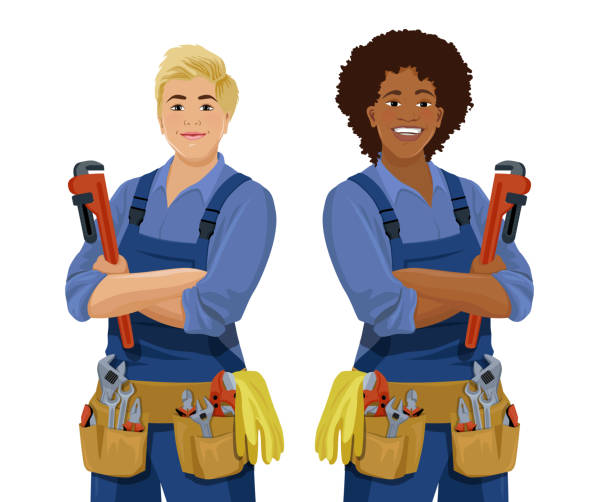How Bowling Equipment Has Advanced with Technology
Bowling is a sport that has evolved considerably over the years. From humble beginnings with simple wooden pins and basic balls, the game has advanced significantly, particularly with the integration of modern technology. Bowling equipment has seen improvements that enhance performance, increase accuracy, and provide a more comfortable experience for players. This article explores how bowling equipment has advanced through the years, driven by technological innovations.
As technology continues to evolve, bowling equipment manufacturers are creating products that not only enhance the game but also offer more customization, precision, and user-friendly options. These advancements have played a significant role in making the sport more enjoyable for both amateur and professional bowlers.
1. Advancements in Bowling Balls
Perhaps the most significant change in bowling equipment has been the development of bowling balls. Early balls were made of rubber or wood, offering little in terms of weight distribution or customization. Today, modern bowling balls are made of advanced materials such as urethane, reactive resin, and particle-infused covers. These materials offer better grip, improved hook potential, and more precise control.
Manufacturers now use computer-aided design (CAD) technology to create balls with specific weight distributions, allowing bowlers to tailor their equipment based on personal preferences and throwing styles. This has led to the creation of balls for various lane conditions, enabling bowlers to perform better under different circumstances. The availability of custom-drilled bowling balls has further enhanced the ability to personalize equipment, offering bowlers more control over their game.
2. The Evolution of Bowling Shoes
Bowling shoes have also undergone significant advancements in recent years. Early shoes were simple leather footwear, offering little support or comfort. Today, high-performance bowling shoes are made using synthetic materials that are both lightweight and durable. These shoes feature advanced technology such as breathable fabrics, moisture-wicking linings, and ergonomic soles that provide better grip and comfort.
The technology behind bowling shoes also focuses on the sole design. Modern shoes often feature interchangeable soles and heels that can be customized based on the bowler’s slide and traction needs. This customization allows bowlers to adjust their footwear based on lane conditions, giving them more flexibility and control. Additionally, shoes now incorporate anti-microbial properties to reduce odor and maintain hygiene during long practice sessions.
3. The Role of Lane Technology
While the advancements in bowling equipment are crucial, technology has also significantly impacted the lanes themselves. Automated scoring systems, which are now common in most bowling alleys, have made scoring faster, more accurate, and more convenient for bowlers. These systems can track a bowler’s performance in real time and even provide instant feedback, helping players improve their skills.
Lane conditions, too, have seen a technological overhaul. Computer-controlled lane oiling machines ensure a consistent oil pattern on the lanes, offering better control over the level of difficulty for bowlers. This technology helps to create a level playing field, with precise lane conditions tailored to different skill levels and competition types. It has also made it easier for bowling alleys to manage lane maintenance, ensuring that each game is played under optimal conditions.
4. Enhanced Bowling Ball Accessories
The integration of technology into accessories has also improved performance and comfort. Bowling ball bags, for instance, are no longer just simple carriers for equipment. Today, they are designed with advanced materials that provide better protection for the ball, along with additional storage compartments for shoes, towels, and accessories. Some bags even feature ergonomic handles, wheels, and reinforced structures to make transportation easier.
Bowling gloves and wrist supports have also seen advancements. New designs now feature lightweight, breathable materials that allow for better ventilation and comfort during long bowling sessions. Additionally, the use of padded wrist supports and adjustable straps helps reduce the risk of injury and improves wrist stability, which is crucial for bowlers aiming for precision in their throws.
5. The Rise of Bowling Technology for Training
Technology is not just changing the equipment; it is also enhancing the way bowlers train. Modern bowling alleys and professional bowling centers often feature video analysis systems that capture a bowler’s form and technique. These systems can analyze factors such as speed, angle, and ball rotation, providing real-time feedback that can help bowlers fine-tune their game.
Additionally, there are now digital bowling simulators that allow bowlers to practice without being physically at a bowling alley. These simulators can replicate real-world lane conditions and provide an immersive training experience. With the help of these technologies, bowlers can practice their skills, analyze their techniques, and make adjustments before heading to the lanes for a live game.
6. The Future of Bowling Equipment
As technology continues to improve, we can expect even more advancements in bowling equipment. For example, the development of smart bowling balls, which contain sensors to track and measure a bowler’s performance, is already underway. These balls could provide valuable data that helps bowlers make better decisions during their games.
In addition, there are advancements in virtual and augmented reality technologies that could revolutionize training and competition. VR and AR systems could allow bowlers to practice their game in different conditions, such as challenging oil patterns or different lane surfaces, without leaving home. This would offer bowlers an entirely new way to improve their skills and increase their competitive edge.
Conclusion
Technology has played a significant role in the evolution of bowling equipment, making the game more accessible, enjoyable, and competitive for players of all skill levels. From advanced ball materials to improved shoe designs and training tools, the integration of technology has enhanced both the performance and comfort of bowling equipment. Whether you’re a casual bowler or an aspiring professional, embracing these technological advancements will help you improve your game and enjoy a better bowling experience.
For those looking for more specialized advice or equipment, a bowling equipment manufacturer can offer further insights and customized solutions to meet your specific needs. As technology continues to advance, we can expect bowling equipment to evolve further, providing bowlers with more tools to improve their skills and achieve greater success.






